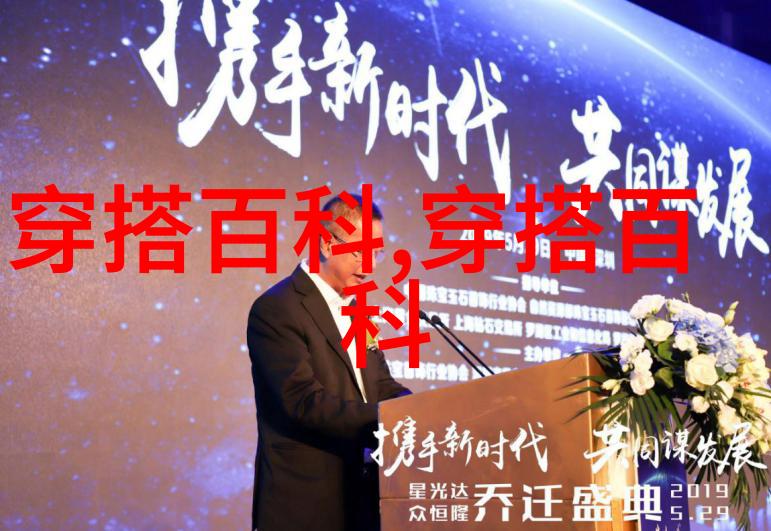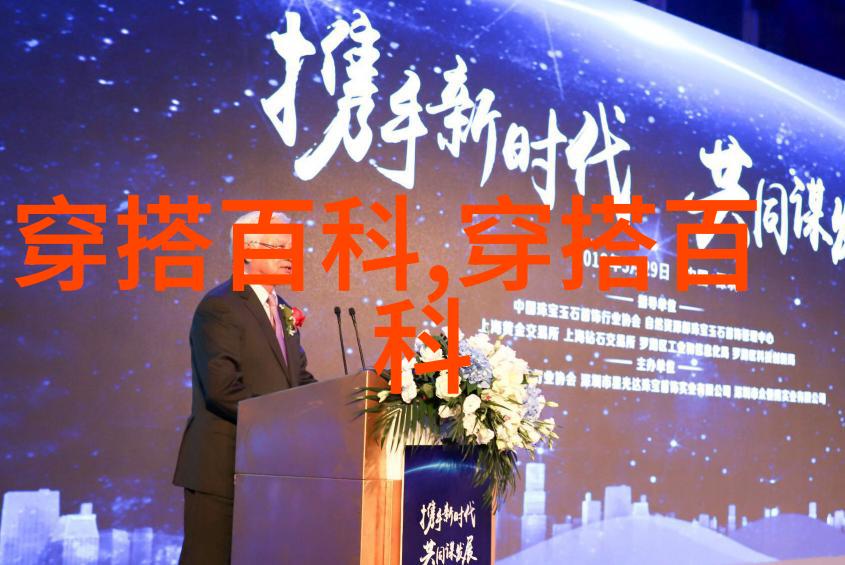The Birth of the Language

English, as we know it today, has its roots in Old English, which was spoken in England from around the 5th to the 11th centuries. This language was heavily influenced by Latin and Germanic dialects. The Norman Conquest of England in 1066 led to a significant change in the language's vocabulary and structure.
The Renaissance and Beyond

During the Renaissance period, English literature flourished with works such as Chaucer's Canterbury Tales. The printing press introduced standardized spelling and grammar rules, making English more accessible for wider audiences. As trade increased during this time, words borrowed from other languages entered into everyday use.
Colonialism's Impact on Vocabulary

Colonial expansion brought about new words related to exploration, colonization itself, and contact with different cultures. For example "savannah" comes from Spanish "savana," while "curry" is derived from Tamil "kari." These borrowings enriched not only American but also British English.
Industrialization Shaped New Terms

The Industrial Revolution saw an explosion of new technologies that required specific terms to describe them – steam engine became a part of our vocabulary alongside other inventions like telegraphy or photography.
Modern Times: Globalization & Technology Integration

In recent years globalization has been driving changes in modern English usage at an unprecedented rate through technological advancements like social media platforms where slang can spread rapidly across continents within days if not hours; thus creating a linguistic melting pot that continues evolving even now.
Through its long history filled with various influences ranging from invasions to technological advancements vintage English remains one fascinating subject worth exploring further since each era adds another layer onto this complex tapestry known as modern-day Standard British or American English respectively depending on how you look at it - both sharing many similarities due to their shared historical roots but still maintaining unique features shaped by their individual cultural contexts over time



